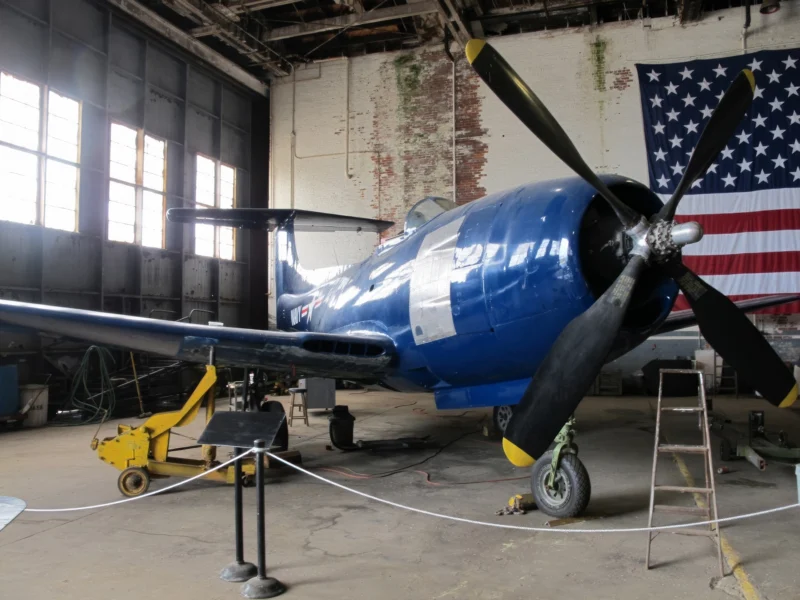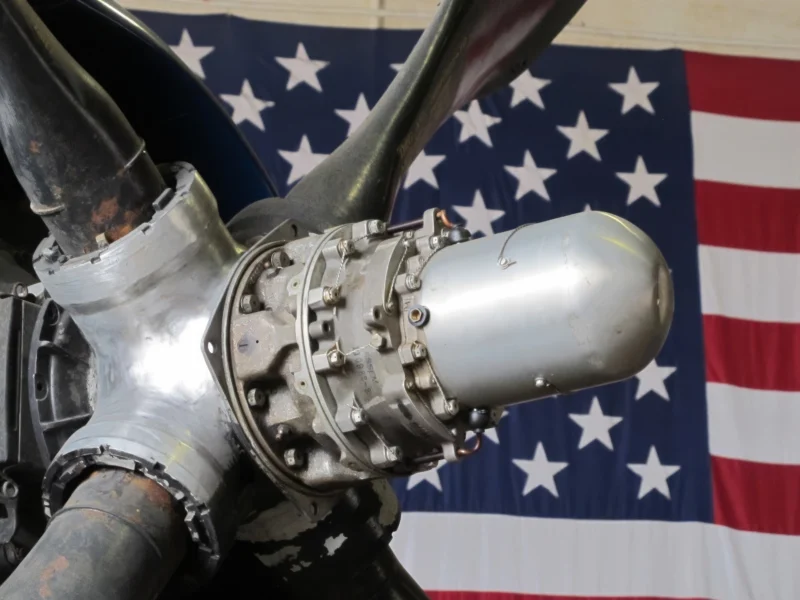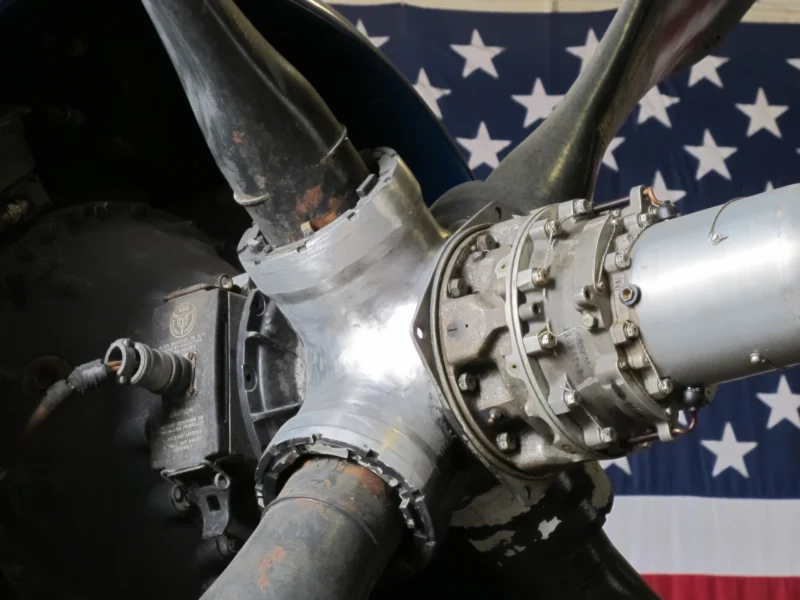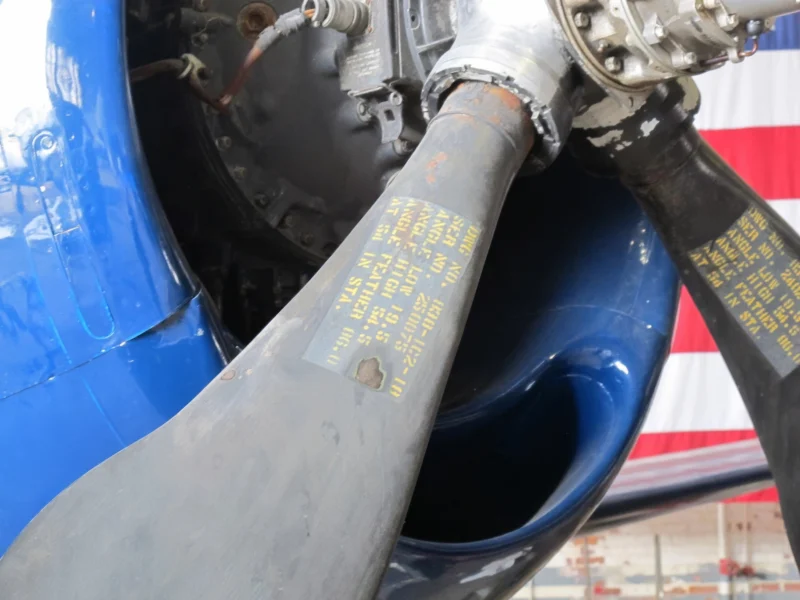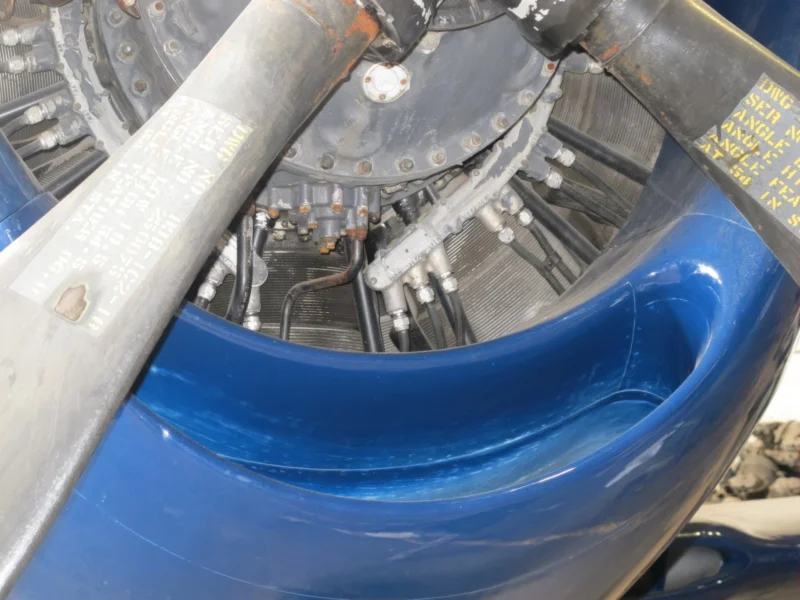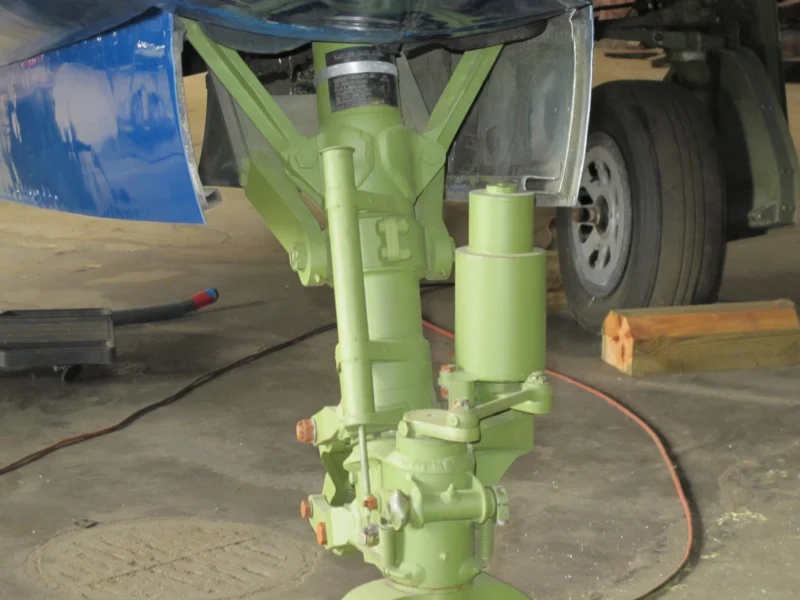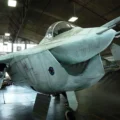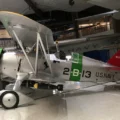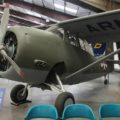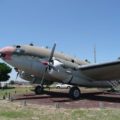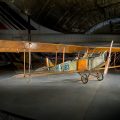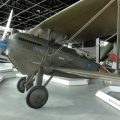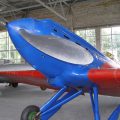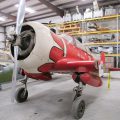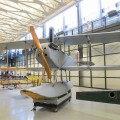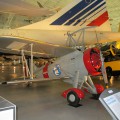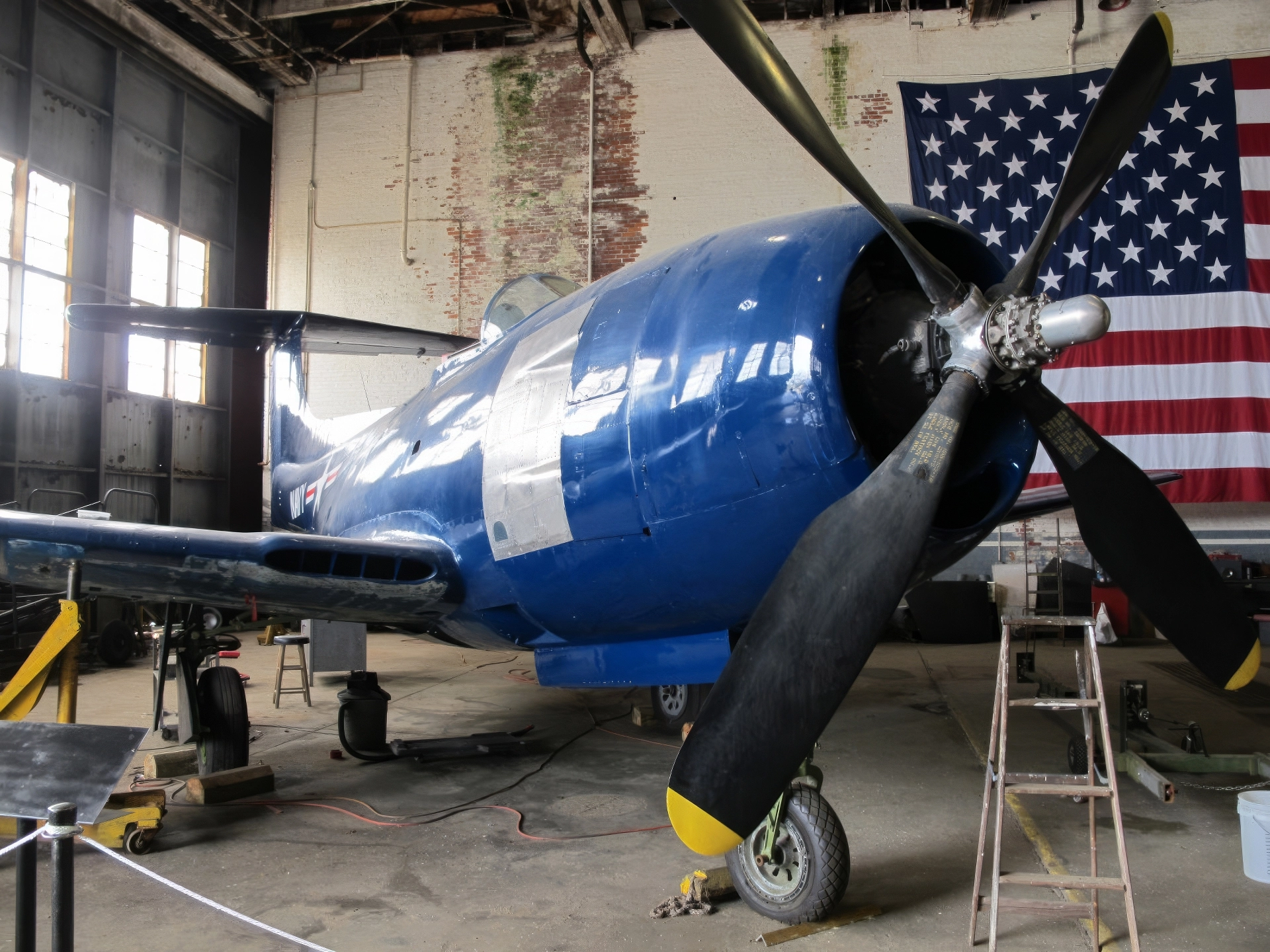
Curtiss XF15C-1 | |
|---|---|
| Pays | Usa |
| Type | Prototype de chasseur à propulsion mixte |
| Photographe | Vladimir Yakubov |
| Sujet | Album de 67 photos de promenade d’un « Curtiss XF15C-1 » |
Galerie de photos d’un Curtiss XF15C-1, The Curtiss XF15C-1 was a mixed-propulsion fighter prototype of the 1940s. The first flight of the first prototype was on 27 February 1945, without the turbojet installed. When this was completed in April of the same year, the aircraft flew several mixed-power trials, however on May 8 it crashed on a landing approach. The second prototype flew for the first time on 9 July, again in 1945, and was soon followed by a third prototype. Both aircraft showed promise, however by October 1946 the Navy had lost interest in the mixed-power concept and cancelled further development.
Source: Curtiss XF15C-1 sur Wikipedia
| Infos (infos) | |
|---|---|
| Rôle | Combattant |
| Fabricant | Curtiss Airplane and Motor Company (en) |
| Premier vol | 27 février 1945 |
| Nombre construit | 3 |
Voir aussi :
Le Curtiss XF15C-1 était un avion de chasse expérimental conçu par la Curtiss-Wright Corporation pendant la Seconde Guerre mondiale. Il s’agissait d’un chasseur embarqué capable d’opérer à des altitudes et à des vitesses élevées, en utilisant une combinaison d’une hélice et d’un moteur à réaction. Le XF15C-1 a été l’un des premiers avions à propulsion mixte à voler aux États-Unis, et le seul du genre à avoir été construit par Curtiss.
Le XF15C-1 avait un fuselage conventionnel avec une verrière à bulles et un train d’atterrissage à roulette de queue. Les ailes ont été balayées vers l’arrière à 35 degrés et avaient quatre canons de 20 mm montés dans les emplantures des ailes. L’hélice était entraînée par un moteur en étoile Pratt & Whitney R-2800-34W, tandis que le moteur à réaction était un turboréacteur Allison J33-A-1 monté à l’arrière du fuselage. Le moteur à réaction avait une prise d’air rétractable sous le fuselage et une tuyère d’échappement au-dessus de la queue. L’hélice et le moteur à réaction pouvaient fonctionner indépendamment ou ensemble, selon le régime de vol.
Le XF15C-1 a effectué son premier vol le 27 février 1945, piloté par le pilote d’essai de Curtiss, Harvey Gray. Les essais en vol ont révélé des problèmes de stabilité et de contrôle, ainsi que des vibrations excessives et une surchauffe du moteur à réaction. L’avion souffrait également de mauvaises performances à basse vitesse et à basse altitude, en raison de la traînée et du poids de l’hélice. Le XF15C-1 a atteint une vitesse maximale de 414 mph (666 km/h) à 25 000 pieds (7 600 m) avec les deux moteurs en marche, mais seulement 314 mph (505 km/h) avec l’hélice seule.
Le programme XF15C-1 a été annulé en octobre 1945, après que seulement trois prototypes aient été construits et aient volé. La marine a décidé de se concentrer sur les chasseurs à réaction purs plutôt que sur les conceptions à propulsion mixte, considérées comme obsolètes et complexes. Le XF15C-1 était une tentative innovante mais infructueuse de créer un chasseur polyvalent capable de combiner les avantages de la propulsion à hélice et à réaction.

Views : 2090
